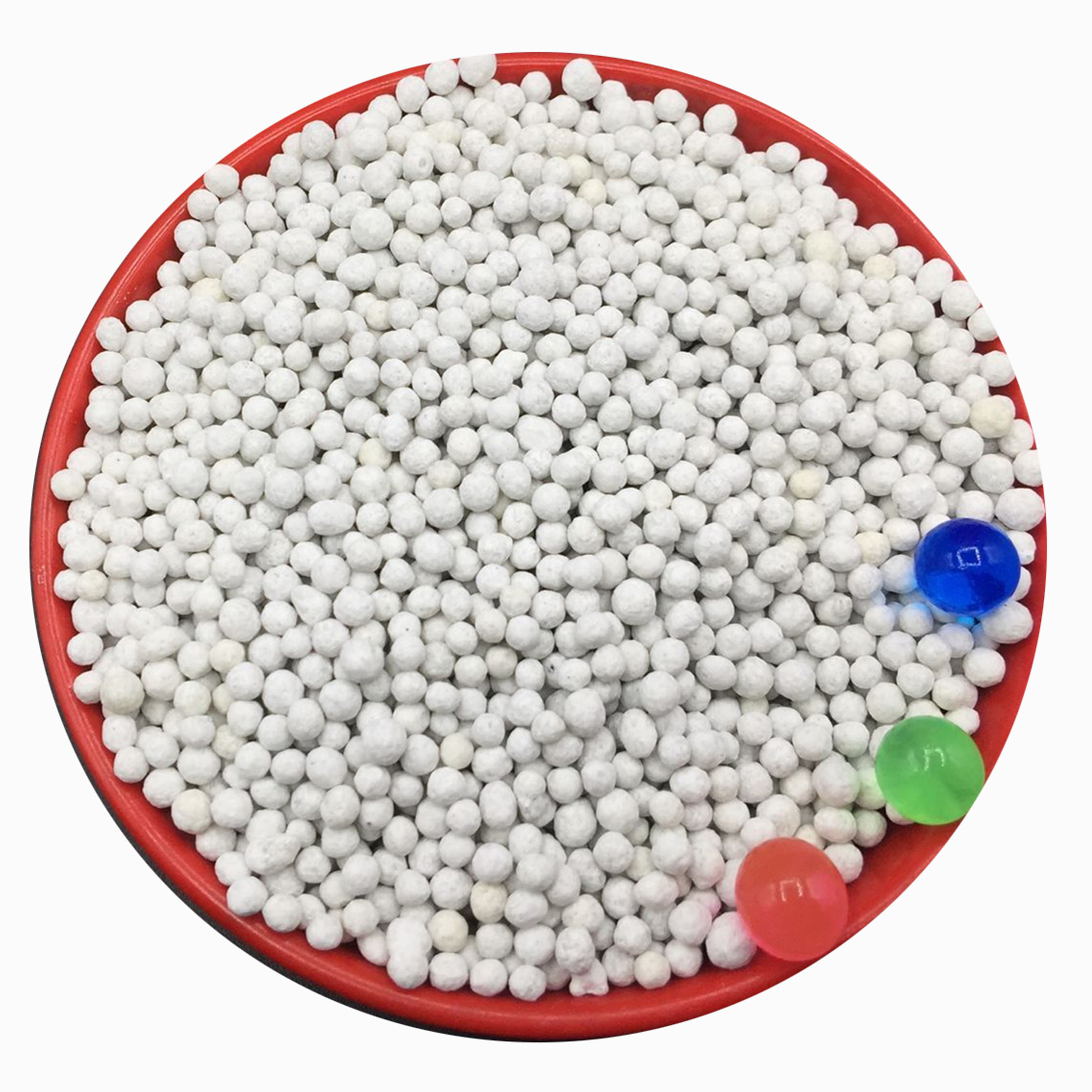
Th11 . 11, 2024 06:34 Back to list
monopotassium phosphate fertilizer
Understanding Monopotassium Phosphate Fertilizer Benefits and Applications
Monopotassium phosphate (MKP), a chemical compound that consists of potassium and phosphorus, is a highly regarded fertilizer in agricultural practices. Its chemical formula is KH2PO4, and it is known for its ability to provide essential nutrients crucial for plant growth. This article explores the benefits of MKP fertilizer and its various applications.
Nutrient Composition
Monopotassium phosphate is composed of two primary macronutrients potassium (K) and phosphorus (P). These elements are vital for plant health. Potassium plays a significant role in regulating physiological processes, such as water uptake and enzyme activation, while phosphorus is essential for energy transfer and root development. The balanced composition of MKP (often containing around 52% phosphorus pentoxide (P2O5) and 34% potassium oxide (K2O)) makes it an effective fertilizing agent for various crops.
Benefits of Monopotassium Phosphate
1. Enhanced Nutrient Uptake MKP increases the availability of phosphorus and potassium, enhancing nutrient uptake by plants. This leads to improved growth rates and higher crop yields.
2. Promotes Strong Root Development Phosphorus is crucial for root growth. Adequate MKP application encourages robust root systems, enabling plants to better access water and nutrients from the soil.
3. Improved Flowering and Fruiting The balanced nutrients in MKP support flowering and fruiting stages. It is particularly beneficial for fruit-bearing plants and flowering crops, resulting in larger and more abundant yields.
4. Water Regulation Potassium helps regulate water use within the plant. By promoting water retention and reducing water loss, MKP contributes to healthier plants, especially in arid conditions.
5. Versatility MKP can be applied in various ways, including foliar sprays, fertigation, or as a soil amendment. This versatility makes it suitable for different farming practices and crop types.
monopotassium phosphate fertilizer

6. Compatibility with Other Fertilizers Monopotassium phosphate can be mixed with other fertilizers, making it a flexible choice for farmers looking to optimize their nutrient management programs.
Applications of Monopotassium Phosphate
MKP is used across a range of agricultural practices, from large-scale farming to small-scale gardening. It is particularly effective for crops like tomatoes, peppers, and other fruiting plants, as well as ornamental plants. Here are some common applications
- Greenhouses In controlled environments, MKP is often used in fertigation systems to ensure plants receive adequate nutrients for optimal growth.
- Hydroponics Due to its high solubility, MKP is a popular choice in hydroponic systems, where nutrient delivery is crucial for plant health.
- Foliar Feeding A foliar application of MKP can rapidly supply nutrients to plants, particularly during critical growth stages or stress periods.
- Soil Amendments For soil-based cultivation, MKP can be incorporated into the soil before planting, ensuring that crops have access to essential nutrients from the outset.
Conclusion
Monopotassium phosphate is an essential fertilizer that offers numerous benefits for both commercial agriculture and home gardening. Its unique composition provides vital nutrients that enhance plant growth, promote healthy root systems, and improve overall crop yields. By understanding and utilizing MKP effectively, growers can improve their agricultural practices and achieve better results in their fields or gardens. As the importance of sustainable agriculture grows, products like MKP will play a crucial role in feeding the world while ensuring environmental stewardship.
-
Premium 8 12 16 Fertilizer – High-Efficiency Compound & Granular NPK Supplier
NewsJun.10,2025
-
High Quality Agricultural Grade NPK Fertilizer Manufacturer & Supplier Reliable Factory Price
NewsJun.10,2025
-
Organic Fertilizer for Corn Boost Yield Sustainably
NewsJun.10,2025
-
Organic Fertilizer for New Plants Natural Growth Boost & Eco Nutrients
NewsJun.10,2025
-
Optimized Hydroponic NPK Fertilizer – Fast Growth & Nutrients
NewsJun.09,2025
-
Top-Rated NPK Fertilizer for Fruit Trees - Boost Growth & Yield
NewsJun.09,2025
